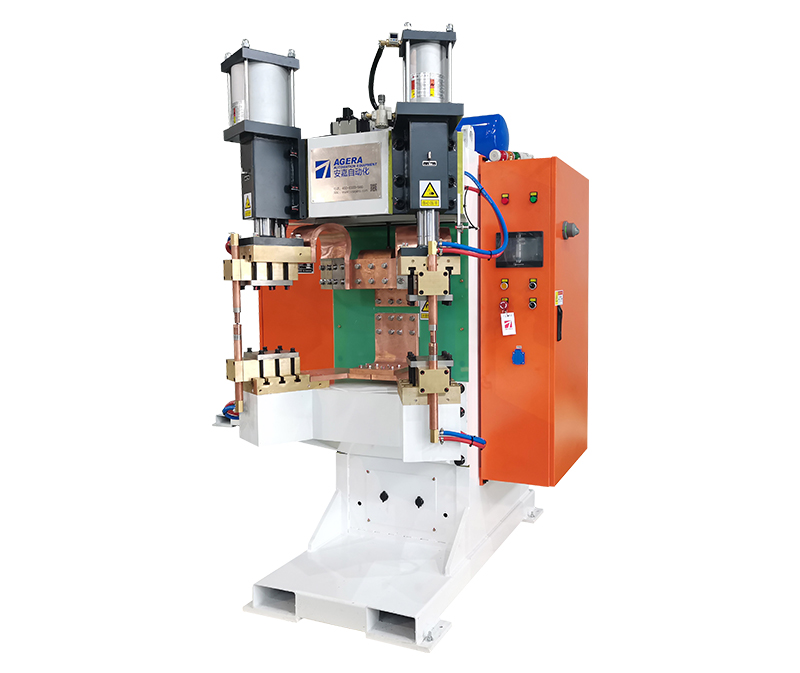Manufacturers of nut spot welding machines have issued a stern warning regarding the repercussions of overloading their equipment. As the demand for these machines continues to rise, some users may be tempted to push the boundaries of their capabilities. However, it’s essential to understand that exceeding the recommended limits can result in dire consequences, not only for the equipment itself but also for safety and efficiency in your operations.
Nut spot welding machines are designed with specific load capacities in mind. Overloading these machines can lead to several adverse effects, including:
- Equipment Damage: Exceeding the specified load limits can cause premature wear and tear on the welding machine. This damage may result in costly repairs or even necessitate the replacement of critical components.
- Reduced Weld Quality: Overloading can lead to inconsistencies in the welding process, resulting in weaker, less reliable welds. This compromise in quality can have a significant impact on the structural integrity of the products being manufactured.
- Safety Hazards: Overloaded machines are at a higher risk of malfunction, potentially causing accidents in the workplace. This can result in injuries to operators, damage to the workpiece, or even fires in extreme cases.
- Reduced Efficiency: Overloaded machines tend to operate less efficiently, consuming more power and time to complete tasks. This inefficiency can lead to increased production costs and missed deadlines.
Manufacturers emphasize that adhering to the specified load limits and recommended operating procedures is crucial to maintaining the long-term performance and safety of nut spot welding machines. To avoid the negative consequences associated with overloading, consider the following best practices:
- Regular Maintenance: Implement a routine maintenance schedule to ensure that the equipment is in optimal working condition. This can help identify and address potential issues before they become critical.
- Operator Training: Properly train machine operators to understand the equipment’s capabilities and limitations. Ensure that they are aware of the potential consequences of overloading.
- Load Monitoring: Install load monitoring systems or use load cells to keep track of the applied loads accurately. This can serve as an early warning system to prevent overloading.
- Invest Wisely: If your production demands consistently exceed the capacity of your current equipment, it may be wise to invest in a larger, more robust nut spot welding machine rather than pushing the limits of your existing one.
In conclusion, the consequences of overloading nut spot welding machines can be severe, affecting both equipment and workplace safety. Manufacturers’ guidelines and best practices should always be followed to ensure the longevity, reliability, and safety of these machines in industrial operations. By doing so, you can protect your investments and the well-being of your employees while maintaining a high standard of product quality and efficiency.
Post time: Oct-20-2023








